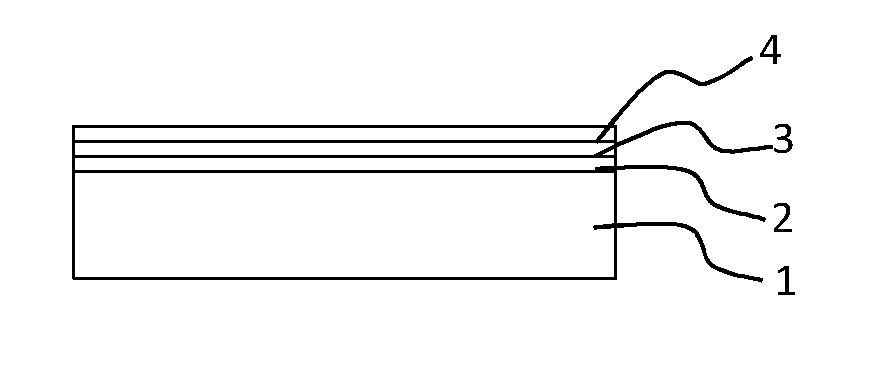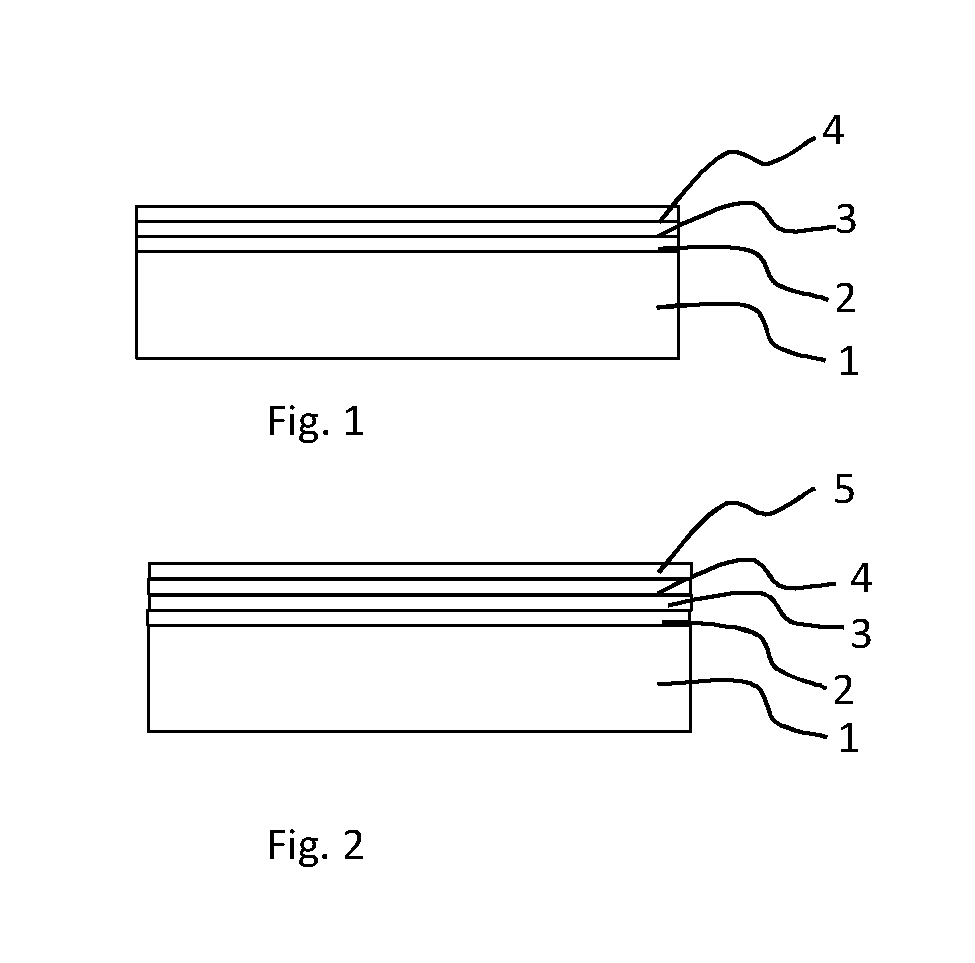A method for manufacturing a packaging material and a packaging material made by the method
a manufacturing method and packaging material technology, applied in the direction of packaging, synthetic resin layered products, printing, etc., can solve the problems of relatively weak bounded ink layer on the board, low adhesion of inkjet inks to paperboard surface, and low viscosity and surface tension of inkjet inks, etc., to achieve good adhesion, good print quality, and excellent barrier properties
- Summary
- Abstract
- Description
- Claims
- Application Information
AI Technical Summary
Benefits of technology
Problems solved by technology
Method used
Image
Examples
example
[0026]In order to evaluate the paperboard materials of the invention, a test series was performed in which the print quality and the polymer adhesion of paperboards treated in accordance with the invention was compared with a conventional, untreated, paperboard. All paperboards in the test were of a three-ply construction, having top and back plies and a middle ply. The top ply comprised bleached sulphate pulp, the middle ply comprised CTMP and unbleached sulphate pulp and the back ply comprised unbleached sulphate pulp. The basis weight of the paperboards was approximately 255 gsm. The inventive samples (2-5) were blade coated (blade coater equipped with applicator roll) in an amount of approximately 3 g / m2 with multivalent metal salt (CaCl2) and binder in accordance with table 1.
[0027]Comparative tests were performed on the reference paperboard (sample 1) and the paperboards of the invention (sample 2-5). All samples were printed with a Kodak desktop printer ESP 5 with colour ink ...
PUM
| Property | Measurement | Unit |
|---|---|---|
| length | aaaaa | aaaaa |
| length | aaaaa | aaaaa |
| adhesion | aaaaa | aaaaa |
Abstract
Description
Claims
Application Information
 Login to View More
Login to View More - R&D
- Intellectual Property
- Life Sciences
- Materials
- Tech Scout
- Unparalleled Data Quality
- Higher Quality Content
- 60% Fewer Hallucinations
Browse by: Latest US Patents, China's latest patents, Technical Efficacy Thesaurus, Application Domain, Technology Topic, Popular Technical Reports.
© 2025 PatSnap. All rights reserved.Legal|Privacy policy|Modern Slavery Act Transparency Statement|Sitemap|About US| Contact US: help@patsnap.com


